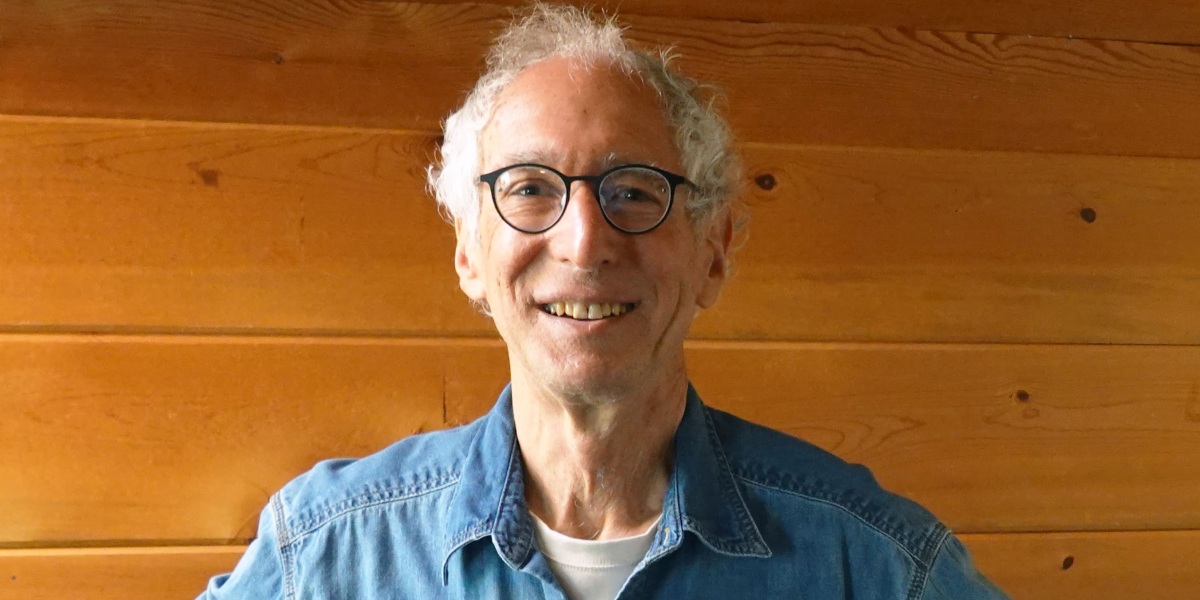
Bluestein became interested in extreme weather at age five, when he struggled to run home against the wind as Hurricane Carol passed through his town, a suburb of Boston. Another time, lightning struck his house and blew up the television. “That got my attention,” he says.
After earning MIT degrees in electrical engineering and meteorology, Bluestein went to Norman, Oklahoma, to gain direct experience. “I arrived in Norman when people were beginning to storm-chase and look at Doppler radar information. And the idea was that the Doppler radar might be able to give us some advance warning for tornadoes and severe storms,” he says.
Before long, they were gathering on-the-ground observations. “We would go out in the field and look at a storm and provide ground truth for the scientists back at the National Severe Storms Laboratory in Norman who were looking at the Doppler radar,” says Bluestein. Long before cell phones, this meant running back and forth to pay phones. “We would say, ‘Yeah, we see a tornado. No, we don’t see a tornado, we see a rotating wall cloud, or we see large hail.’ And they would correlate our visual observations with what was seen on the radar. This was to become the basis for how Doppler radars were used to provide warnings to the general public.”
The nature of the research has changed dramatically over the past four decades, and so has radar technology. But the thrill of discovery remains. “Actually seeing the tornado is beautiful, aesthetically beautiful,” Bluestein says. “And at the very, very end, the analysis—that’s where you start to make the discoveries. You look at the data and you see things that you didn’t expect. That’s also very, very exciting.”
